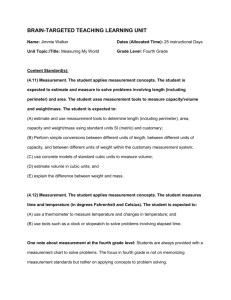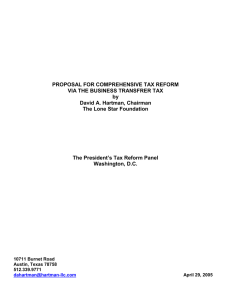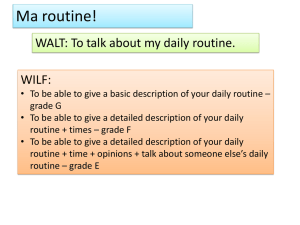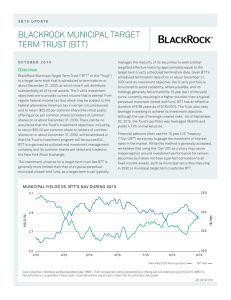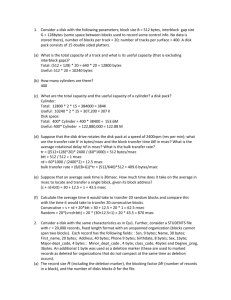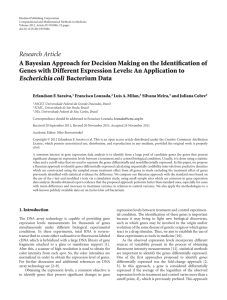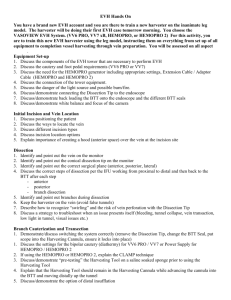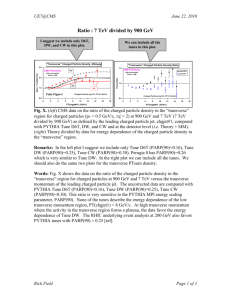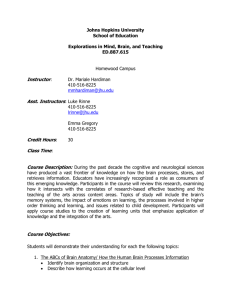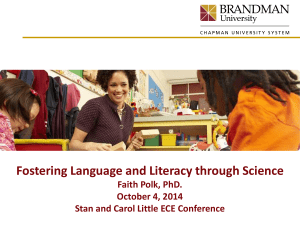The Weather Presentation - Brain
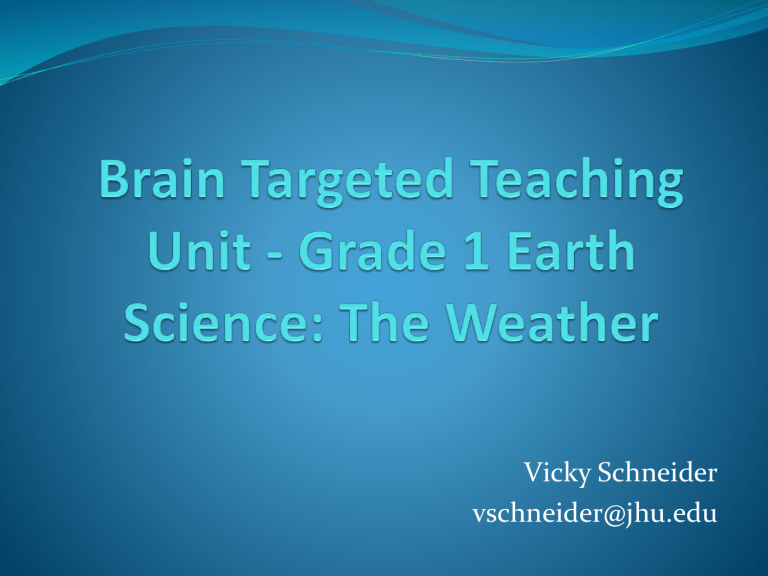
Vicky Schneider vschneider@jhu.edu
Overview
Title: Weather
Grade Level: 1
Time Frame: Full Year, Morning Routine
Science Standards:
Describe that some events in nature have repeating patterns
•
Observe and compare day-to-day weather changes
•
Observe, record, and compare weather changes from month to month
•
Compare temperatures and type and amount of precipitation across the months
•
Identify the impact of weather changes on daily activities
•
Identify and describe patterns of weather conditions based on data collected
Brain Target 1: Emotional Connection
Students experience weather every day. In this year long unit we will: the impact weather has on students‘ lives both physically and emotionally the impact of weather on our daily routine how weather influences our local culture and,
our observations to other cultures around the world.
BTT #2: Creating the Physical
Learning Environment
•
Teacher will use to create weather labs to measure and observe rainfall, temperature, wind, and sun exposure using simple or class made objects.
•
Teacher will create a classroom as part of the classroom routine. This will include a "weather report".
Eventually students will have the opportunity to report the weather to their classmates.
•
Classroom reading area will incorporate a and this
"micro-environment" will change with the actual seasons.
•
A general part of the classroom decor will be the “ bulletin board that gives the class a place to post predictions
” related to a variety of activities, including weather. This is a multi-use space that will incorporate different units.
BTT #3: Learning Goals
Students will: understanding of weather changes both daily and seasonally and what influences them environment with the effect that water has on the the weather based on data collected and rainfall in their area and data presented.
weather patterns based on
BT #3: Big Picture
This unit is developed to work within the daily classroom routine. Students will engage with content every morning, therefore promoting repetition and practice.
Measurements will be maintain year to year to enable students to compare data.
BTT #4: Activities for Teaching Mastery of
Declarative/Procedural Knowledge
Hook and Mapping Activity
• Teacher will get students hooked by playing weather sounds and entering the classroom dressed for LOTS of weather (boots, hats, umbrella, sunglasses, etc.) When the students begin to ask “why?”, the teacher gets students talking about weather.
• Does is make sense to dress this way?
• How do we know what the weather will be?
• Engage students in KWL about weather. Use a mind map to display these ideas in the weather station.
BTT #4: Activities for Teaching Mastery of
Declarative/Procedural Knowledge
Weather Activities – Instructor lead activities teaching measurement techniques, the scientific processes, graphic representations of data
Vocabulary- Direct instruction of vocabulary words.
Weather Station- Instructor directed student design and development of outdoor area to collect precipitation, observe sun, wind and other weather.
Data collection-Direct instruction of data collection strategies.
BTT #5: Activities for
Extension and Application of Knowledge
•
Dress for the weather.
•
Read weather related books.
•
Songs about weather(ex: "Sesame Street", "Rain Rain,
Go Away“, "Let it Snow!“ “You Are My Sunshine”)
•
Watch live weather reports. Why do people want to watch the weather channel?
•
Write or draw a story about the weather.
•
Design an animal that would be “dressed” for specific types of weather
BTT #6: Evaluating Learning
Students will be evaluated on:
•
Contributions to classroom weather board
•
Presentations of the weather as the weather reporters
•
Individual measurement and graphing skills
•
Art based projects throughout the year to demonstrate how well the students understand the impact of weather
•
Ability to develop a logical weather prediction based on previous data collected.
Summary and Wrap Up
Because this unit flows throughout the year, instructors can give it more attention by weaving the theme into other curricular areas. Examples:
Math – Measurement and graphing.
Social Studies - World Cultures. Discuss weather influence on clothes, homes, transportation, etc.
Literature - Look at poems and stories that incorporate the weather to teach reading and writing standards.
Arts Integration – Songs, plays, drawings related to weather content.



